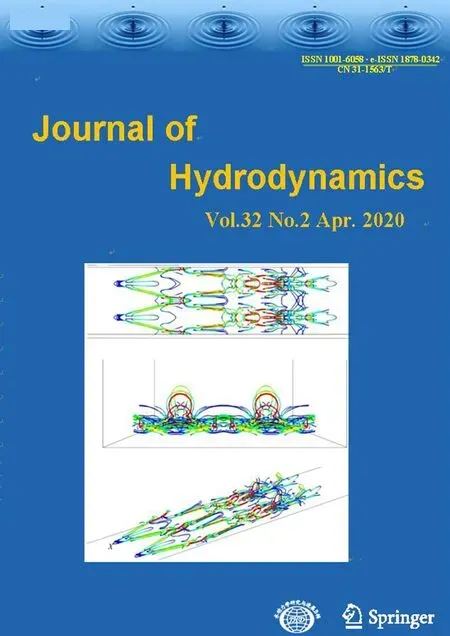水動(dòng)力學(xué)研究與進(jìn)展 B輯
- Liutex theoretical system and six core elements of vortex identification *
- Numerical techniques for coupling hydrodynamic problems in ship and ocean engineering*
- Deep reinforcement learning in fluid mechanics:A promising method for both active flow control and shape optimization*
- Active flow control using machine learning:A brief review *
- Active flow control with rotating cylinders by an artificial neural network trained by deep reinforcement learning*
- An unstructured mesh method for numerical simulation of violent sloshing flows*
- A sharp-interface immersed smoothed point interpolation method with improved massconservation for fluid-structure interaction problems*
- Vortex identification methodsin marine hydrodynamics*
- Law-of-the-wall analytical formulationsfor Type-A turbulent boundary layers*
- Mean flow and turbulence structure of open channel flow with suspended vegetation*
- Detached-eddy simulation of turbulent coherent structures around groynes in a trapezoidal open channel*
- Experimental study of anti-cavitation mechanism of valve lintel natural aeration of high head lock*
- Large eddy simulation of the transient cavitating vortical flow in a jet pump with special emphasison theunstable limited operation stage*
- Evolution characteristicsand quantization of wave period variation for breaking waves*
- Erosion characteristics and mechanism of the self-resonating cavitating jet impacting aluminum specimensunder theconfining pressure conditions*
- Experimental study of wave propagation characteristics on a simplified coral reef *
- Large eddy simulation of cavitating flows with dynamic adaptive mesh refinement using OpenFOAM*
- Fin performance of 3-D aerator deviceswith backward lateral deflectors*

